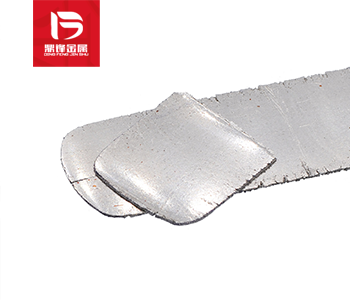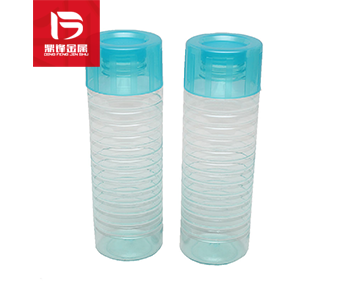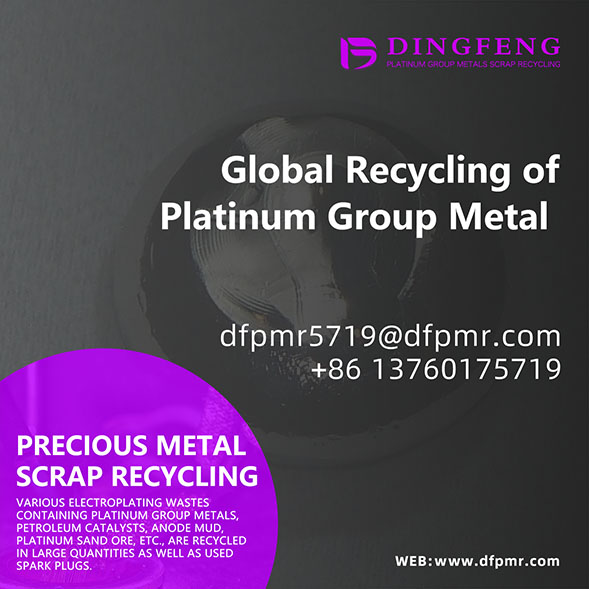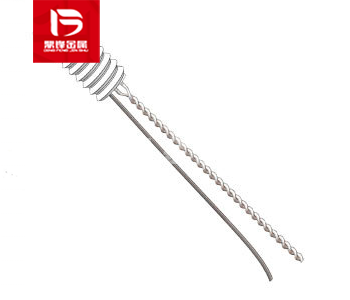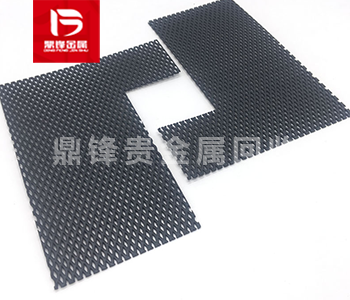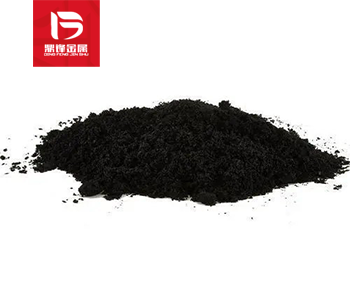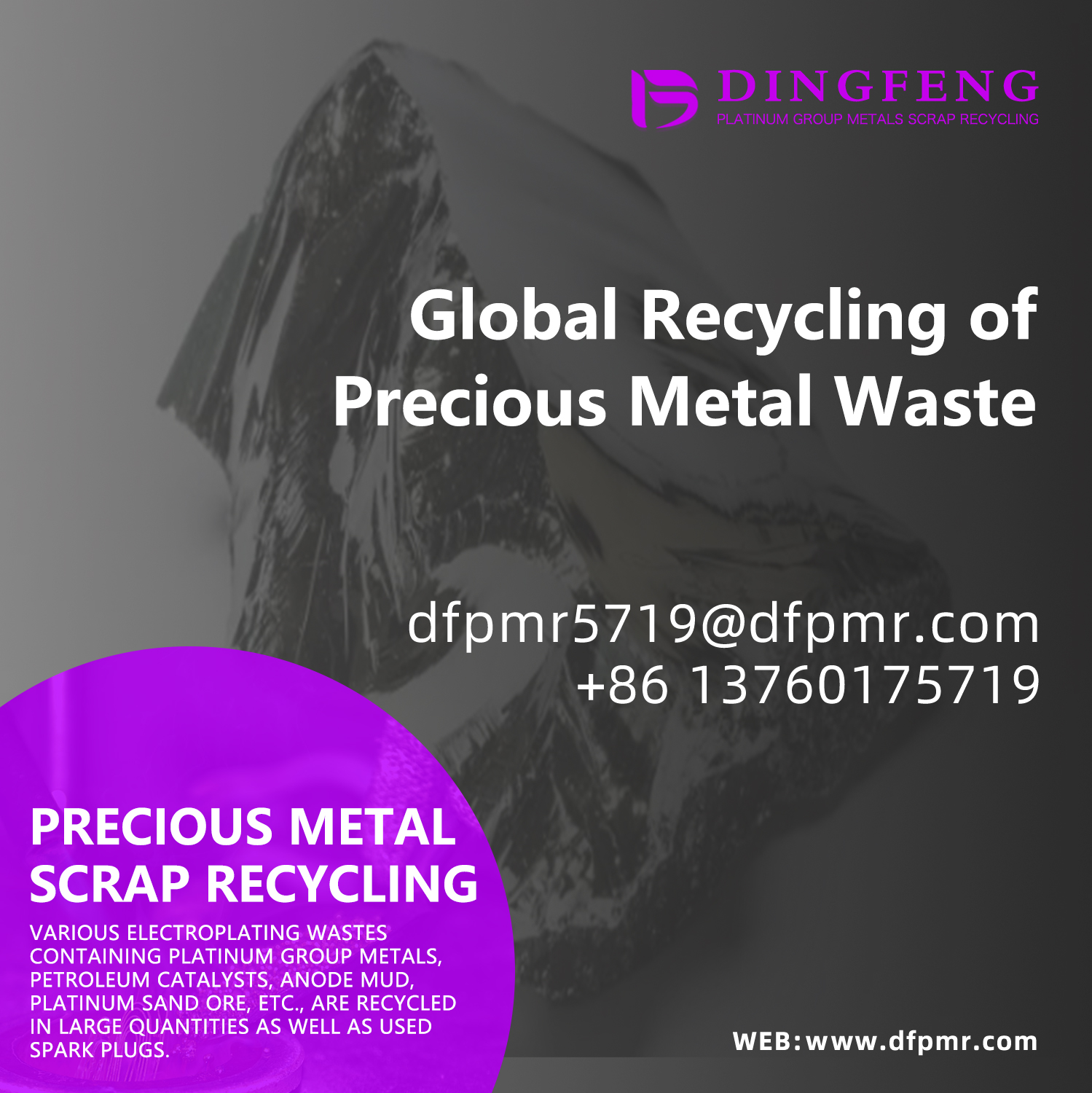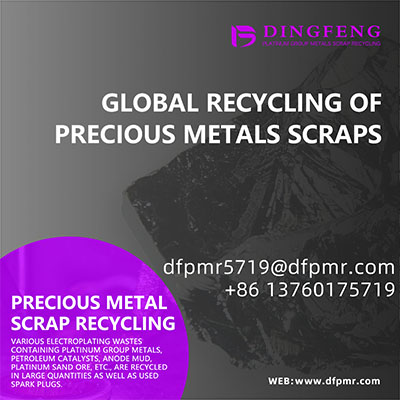How Spark Plug Recycling Works: A Step-by-Step Guide to Sustainable Disposal
Spark plug recycling is a meticulous process that transforms discarded components into reusable materials. This guide breaks down the journey of a scrap spark plug, from collection to metal recovery, highlighting its role in sustainability.
Product Details
Introduction
Spark plug recycling is a meticulous process that transforms discarded components into reusable materials. This guide breaks down the journey of a scrap spark plug, from collection to metal recovery, highlighting its role in sustainability.
Step 1: Collection & Sorting
Auto repair shops, recycling centers, and consumers gather used spark plugs.
Plugs are sorted by type (platinum, iridium, or copper core) to streamline processing.
Step 2: Disassembly & Decanning
Ceramic insulators and metal casings are separated using mechanical shredders.
Magnetic separation isolates ferrous metals like steel shells.
Step 3: Metal Extraction
Platinum/Iridium Recovery: Electrodes are treated with acids to dissolve precious metals.
Copper Recycling: Copper cores are melted and repurposed for wiring or new plugs.
Step 4: Refining & Reuse
Extracted metals undergo electrolysis or smelting to achieve high purity.
Refined materials are sold to manufacturers for automotive, electronics, or jewelry production.
Why This Matters
Recycling conserves resources and reduces reliance on environmentally destructive mining. By understanding the process, businesses and consumers can advocate for responsible disposal.





